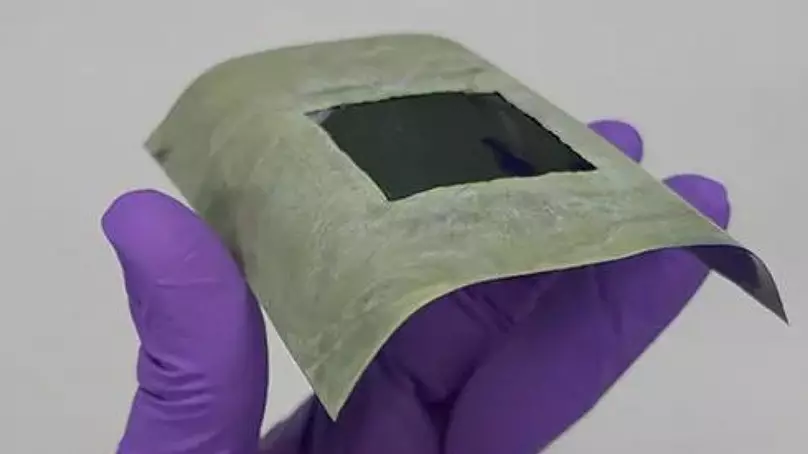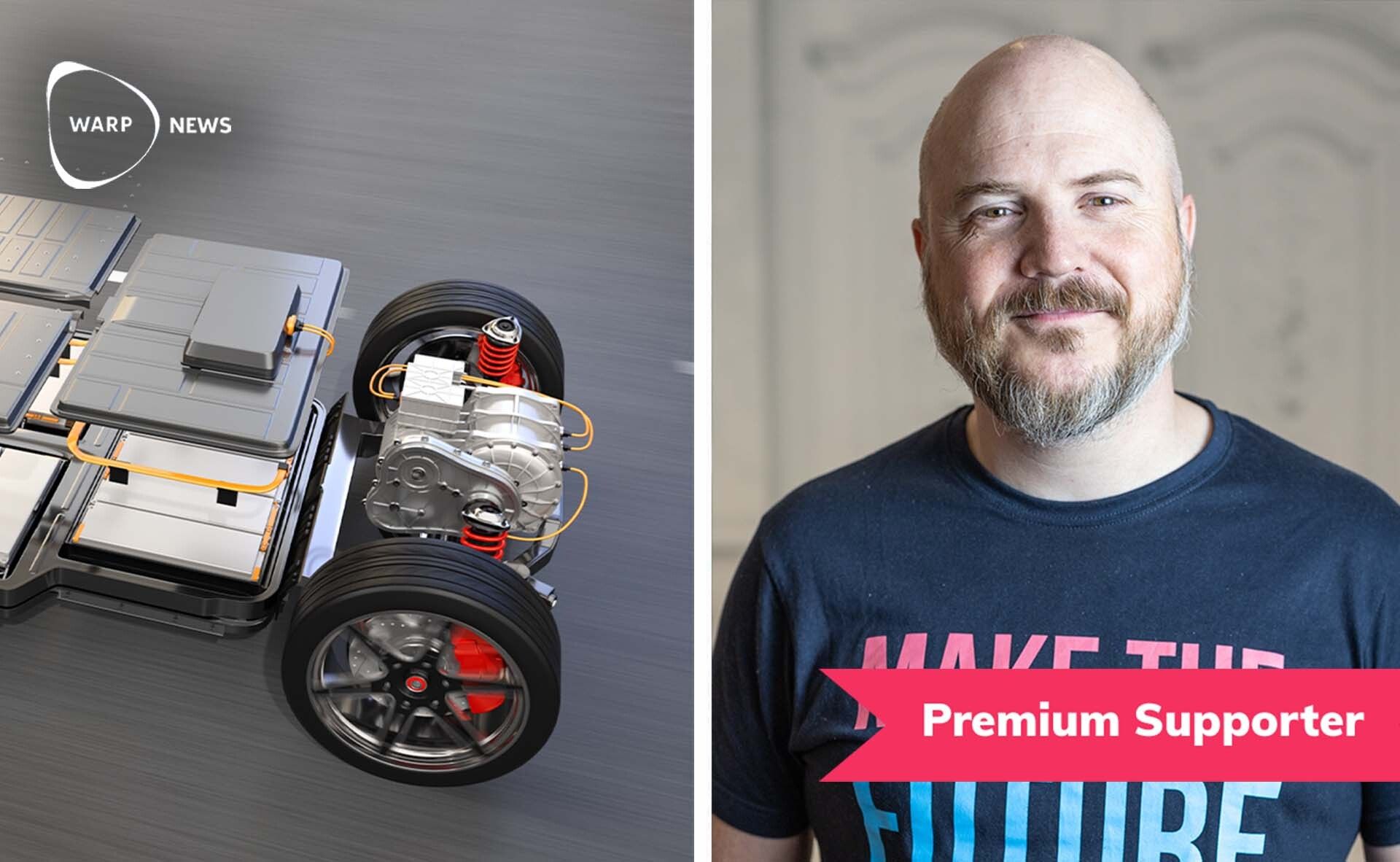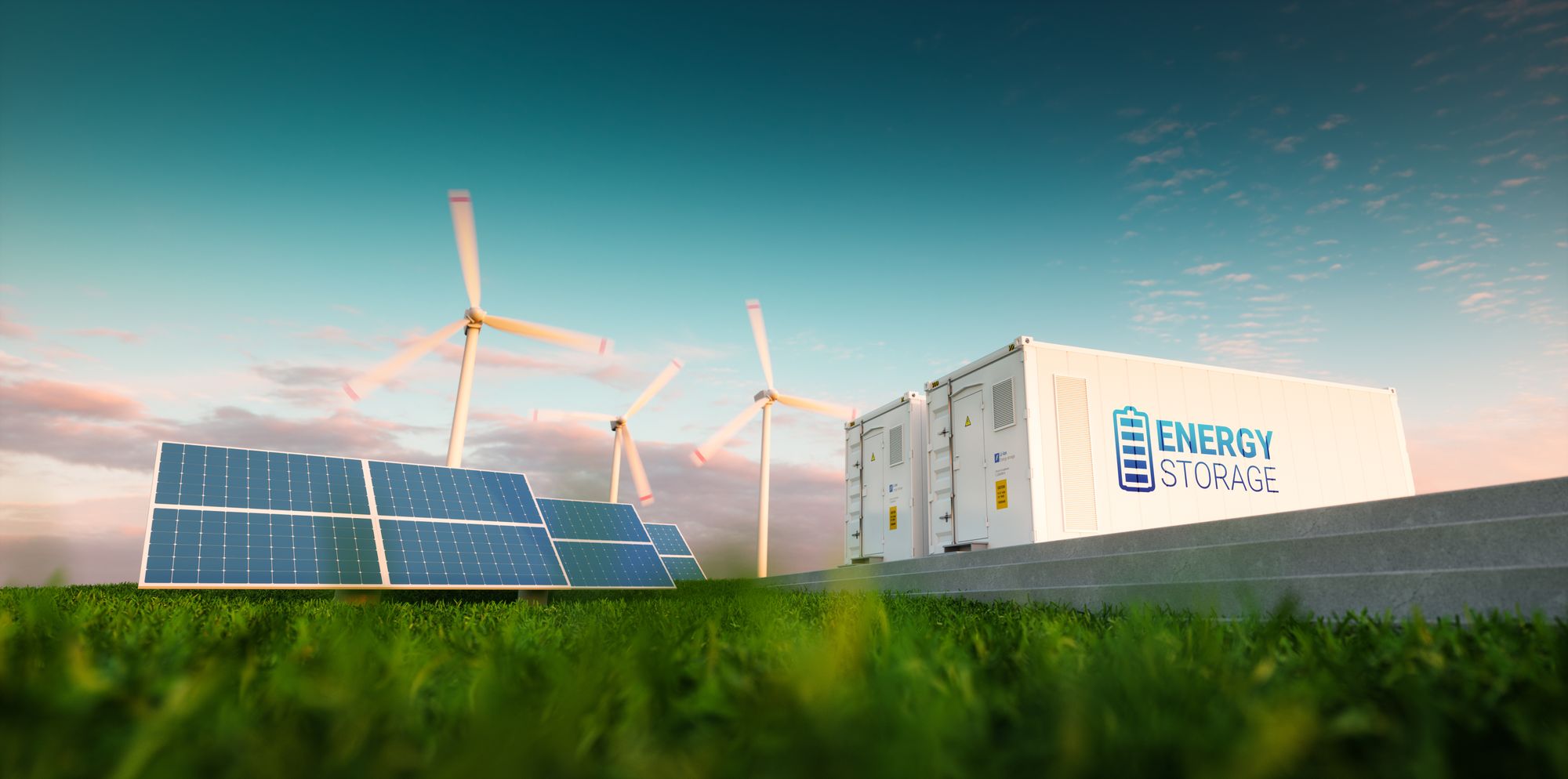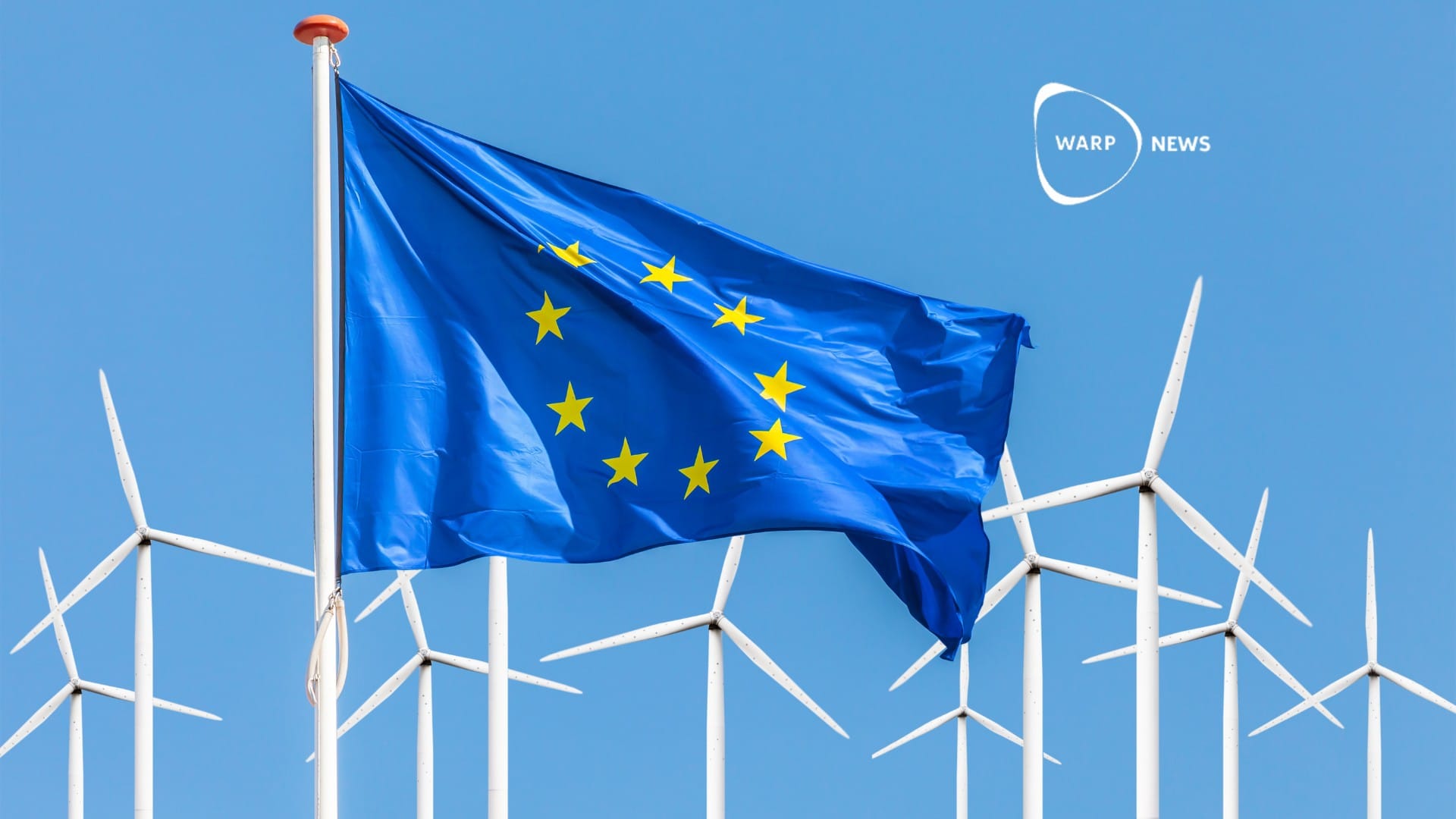
🍁 Floating leaf creates fuel from sunlight
Researchers from the University of Cambridge have designed lightweight and flexible devices that can use solar technology to convert light into fuel. Now, there is a possibility for cargo ships to one day be powered by “artificial leaves” floating out at sea.
Share this story!
At the University of Cambridge, researchers have designed a leaf that uses solar technology to transform light into fuel. Thanks to the leaves being just one millimeter thick, it can float on water. According to the study lead professor Erwin Reisner these leaves could eventually go almost anywhere.
“Moving [renewable energy] production to open water would mean that clean energy and land use aren’t competing with one another,” says Reisner to Euronews.green.
“In theory, you could roll up these devices and put them almost anywhere, in almost any country, which would…help with energy security.”
So how do these artificial leaves work? This new innovation uses solar fuel cells unlike the solar panels put on rooftops etcetera. Solar fuel cells use energy from sunlight to stimulate chemical reactions that can produce fuel. The process is very much like photosynthesis.
After an initial trial and error back in 2019, the scientists have used thin-film metal oxides and “perovskites”, which are materials that can both capture energy from light and be coated onto flexible plastic.
When doing tests, it became clear that the materials can split water into hydrogen and oxygen or reduce CO2 into syngas.
This solution could be great for the shipping industry since almost 80% of the global trade is transported by cargo vessels powered by fossil fuels. The leaves aren’t quite ready for commercial applications yet, but the team is working to figure out the last details.
Picture: The University of Cambridge via Euronews.green.
By becoming a premium supporter, you help in the creation and sharing of fact-based optimistic news all over the world.


